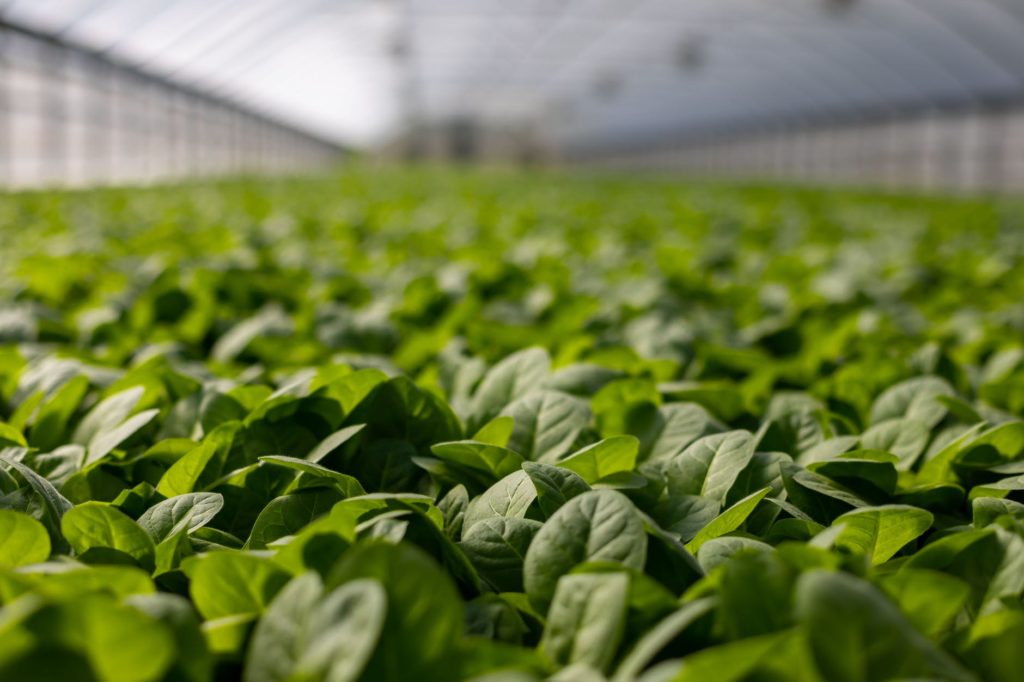Creating products and services for a new type of user

We are in the middle of the fourth industrial revolution; we are living with the rise of artificial intelligence and humans are sharing their working activities with machines. Nevertheless, companies today are still in the early stage of automation, and instead of rethinking their entire business operation they are essentially looking to reduce costs and save time.
Rethinking a business process means redefining operations and roles inside a company. Human-Center-Design helped companies to create products and services tailored for human needs. However, evaluating only human needs is not enough in a world where the connection between humans and machines is getting stronger, and therefore, products and services have to be optimised for this cooperation to be fruitful.
This is not a futuristic scenario, instead, this is something designers already do on a daily basis when creating digital products such as websites. Designers create a layout based on usability principles, contents have to be readable and functions easy to understand whilst at the same time everything has to be optimised for PageRank, an algorithm used by Google Search to rank web pages in their search engine results. This sample case shows how designers have kept users and machines in mind in the same time.
Case Studies
We are used to thinking about industries as crowded spaces but today some production plants are completely without people, some examples are automatic harbours, extensive agricultural fields, and vertical farms. These examples are full of machines but with very few humans, they are designed for better machine experience and not only for human experience.
Windpower

Siemens and Microsoft worked together to optimize maintenance operations for wind power industry.
Wind turbines are hard to inspect due to their dimensions which makes them taller than a 20-store building. Therefore, technicians need to raise the motor several times per year and evaluate the correct functionality. Microsoft created a new inspection process with autonomous drones and cloud computing. The aircraft captures high-resolution images and sends pictures to the cloud, where an artificial intelligent system then analyses blade damage. The result of this is a safer, faster and more accurate inspection.
Christian Sonderstrup, the chief digital officer at Siemens Gamesa reported:
AI, cloud and big data enable us to move to the next level of performance, in terms of innovation and in lowering the levelized cost of renewable energy.
Vertical farm

Internet-of-Things tech is providing real-time monitoring of urban farming systems. This will enable farmers to reduce waste and enhance productivity. One of the most fascinating applications is Vertical Farming, which is the practice of producing food in vertically stacked layers.
AeroFarms, a leader in indoor farming, created the world’s largest Vertical Farm in Newark and has been growing vegetables without soil, sunlight and 95% less water than a normal farm. Technology allows these companies to produce more food in less space, and utilize hundreds of sensors to constantly review, test and improve the growing system by using predictive analytics.
"At AeroFarms, we are on a mission to grow the best plants possible for the betterment of humanity."
Amazon robotics

Amazon Robotics, formerly Kiva Systems, is a subsidiary company of Amazon.com. The company automates fulfilment center operations using autonomous mobile robots, using sophisticated control software, computer vision, machine learning, and other technologies. When looking inside a warehouse, one is quite impressed by how the robots move and organize space around them. With everything inside the building optimized for robots, from the floor to the shelves, robots can easily understand the space and move rapidly. Robots are only a small component in a fulfilment center and Amazon Robotics are reinventing how the entire system works. The focus is not on a single product but on the entire machine experience.
Amazon Robotic’s team report on their website:
"Our drive toward a smarter, faster, more consistent customer experience fuels Amazon - and the industry - forward, now. With a fearless resolve to achieve the improbable with real solutions, we meet tomorrow's challenges today. We Reimagine Now."
Smart Kitchen (not so smart)
Moley is a futuristic kitchen robot but the approach applied is very different from previous examples. Amazon, AeroFarm, and Microsoft specifically created an environment for machine experience, with every touchpoint, object and device optimized for robots, not for humans. Moley tries to recreate the human body and movements using the same tools created for humans. We need to reimagine the entire cooking process, perhaps with tools considerably different from the ones used by humans.
Machines are not supposed to recreate the human body and its movements, as machines have different needs, constraints, behaviours and, most of all, principles. A Boeing plane doesn’t fly because it moves like a bird but because it applies the same principles.
How to succeed
The case studies demonstrated the potential of designing machine experience.
As far as user experience is concerned, the focus is on user goals, fears and needs. Machine experience is about more than just a robot; it covers a much broader spectrum, including cooperation with humans.
Humans live through experiences and learn from them, whereas machines learn from data, which they apply to a model. Unlike humans, machines learn from multiple cases, finding patterns and learning from that.
Design with machines creates new opportunities which will enable designers to work with feed-forward insights in order to predict the future by anticipating needs.
Conclusion
Machine experience combined with human experience could provide huge opportunities, with companies having to apply a continuous innovation process as reported on Amazon Robotic Website:
"At Amazon Robotics, we are continually reimagining what now looks like. We see the big picture, imagine a better one, and make the connections that turn complex problems into elegantly simple solutions."
We live in a transformative age where everything is changing, innovations are accelerated and knowledge has more value than capital. We digitalize processes, products and most of all culture, and this process unleashes a radical rethinking of our business and lives.